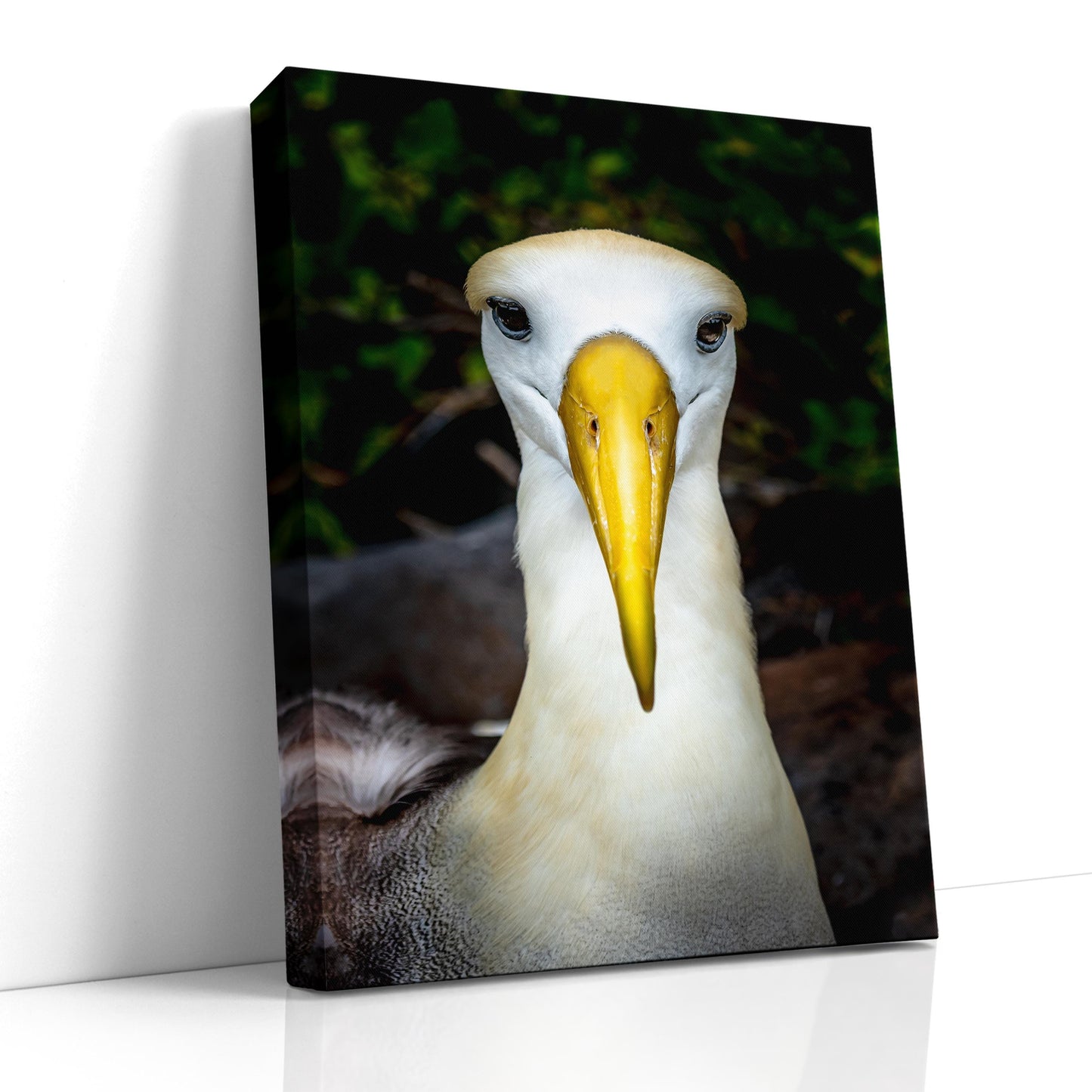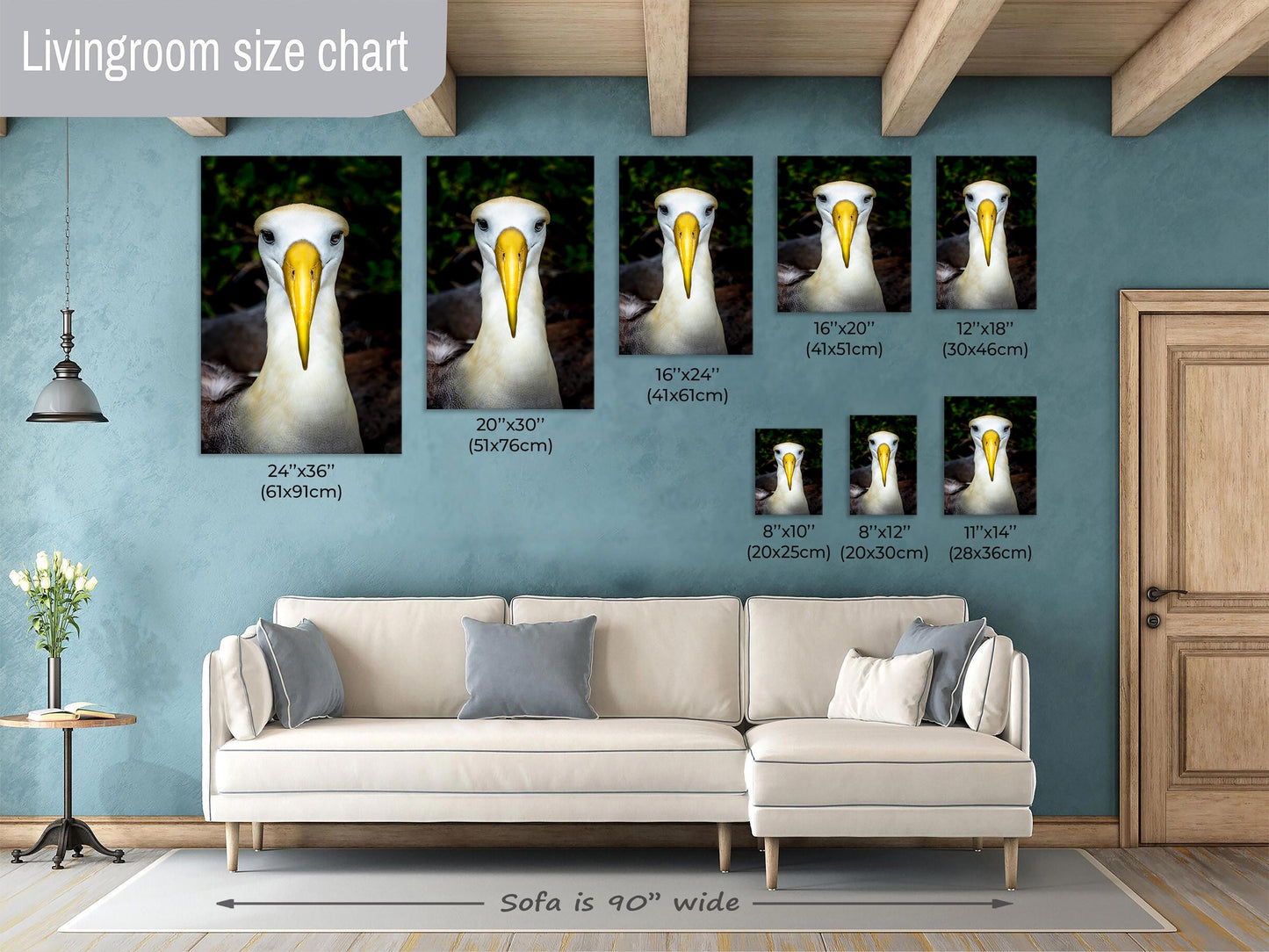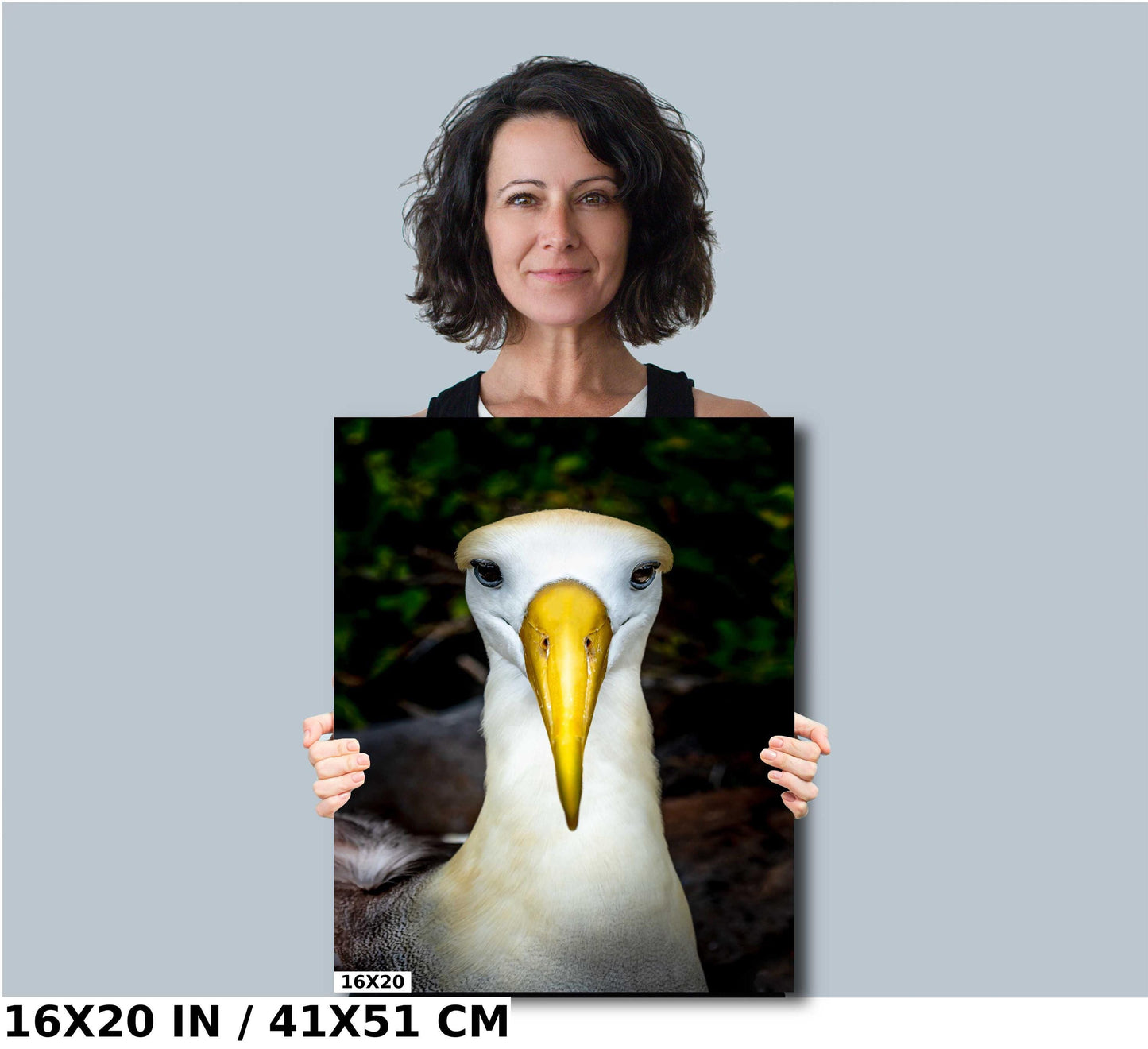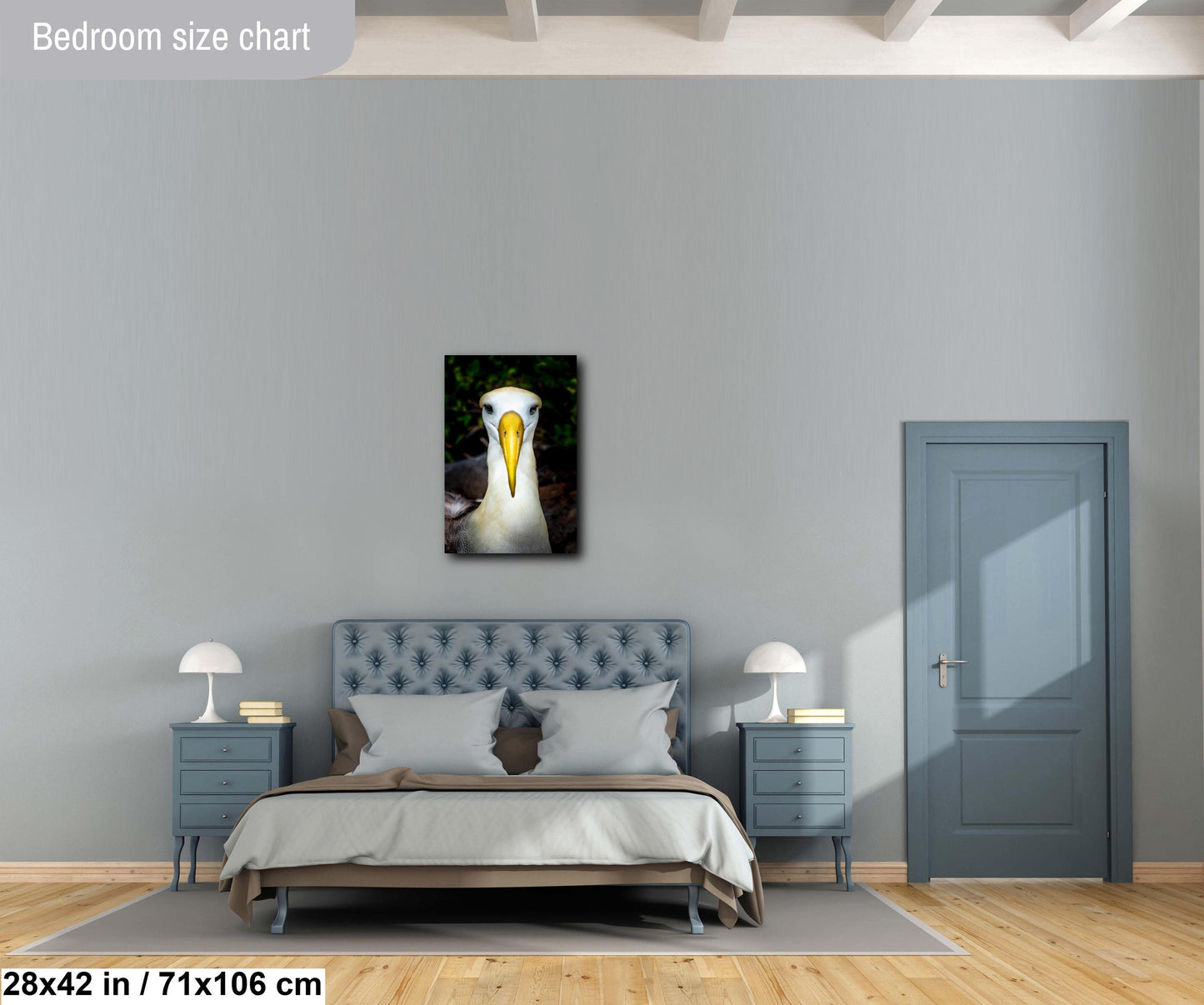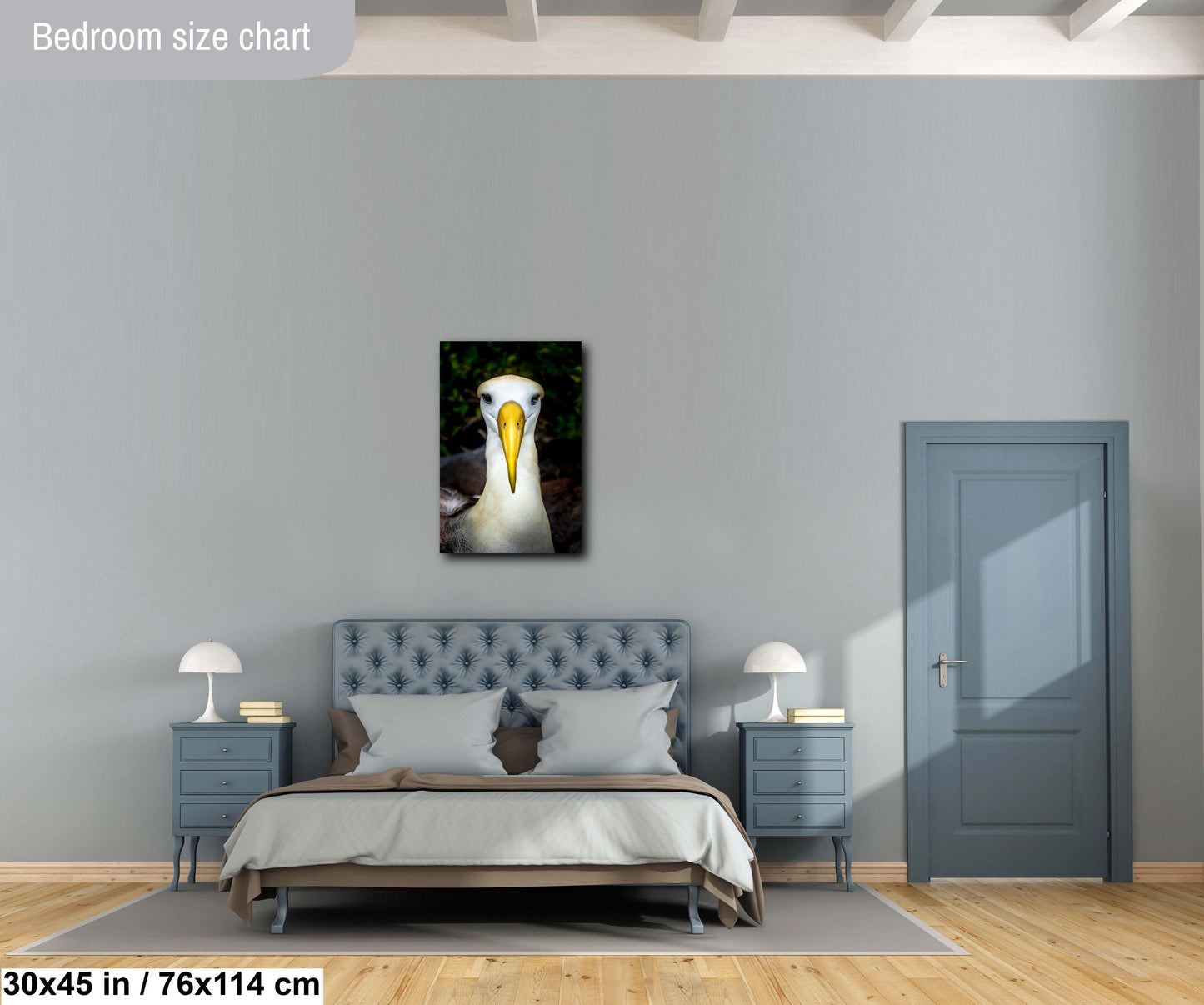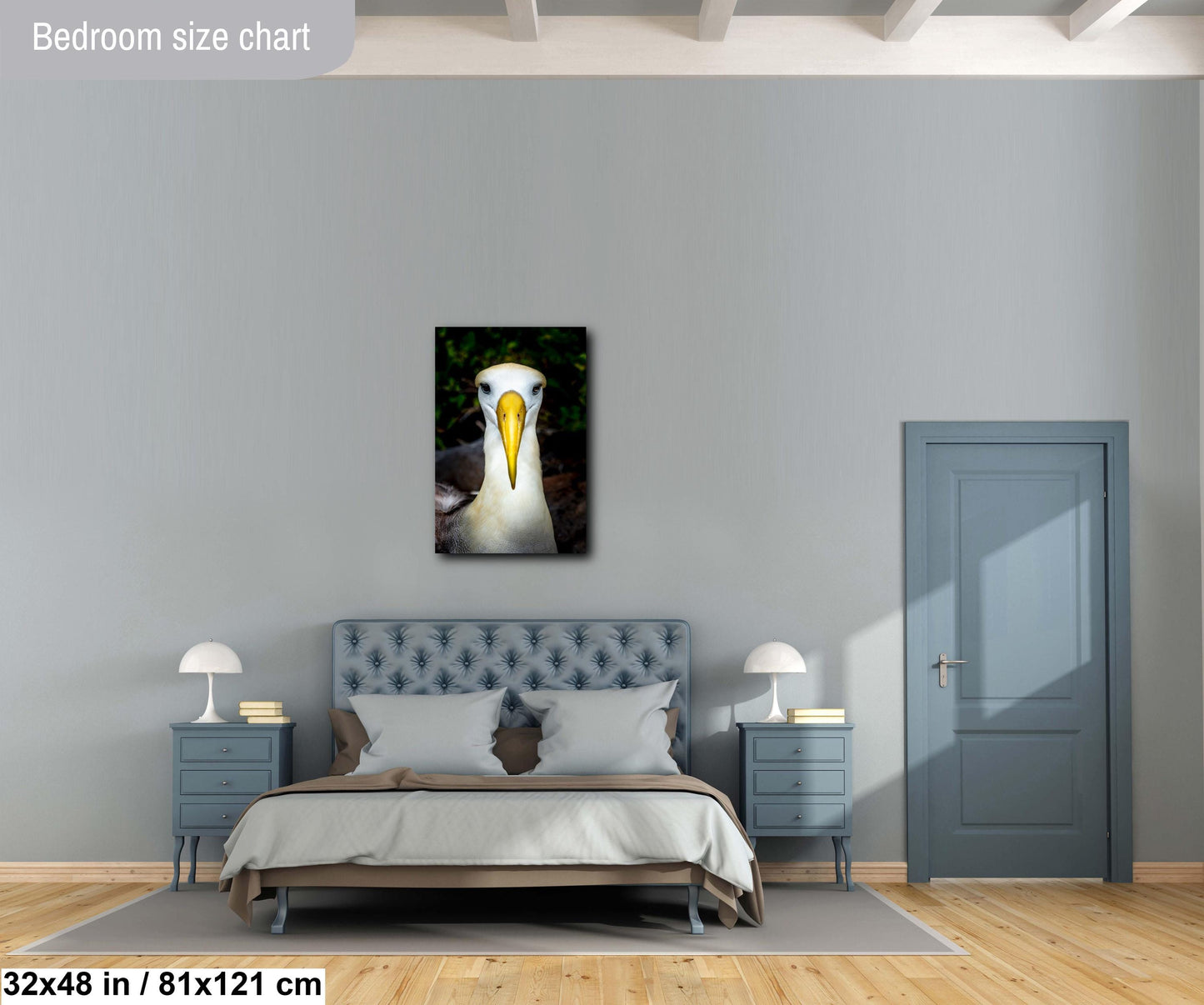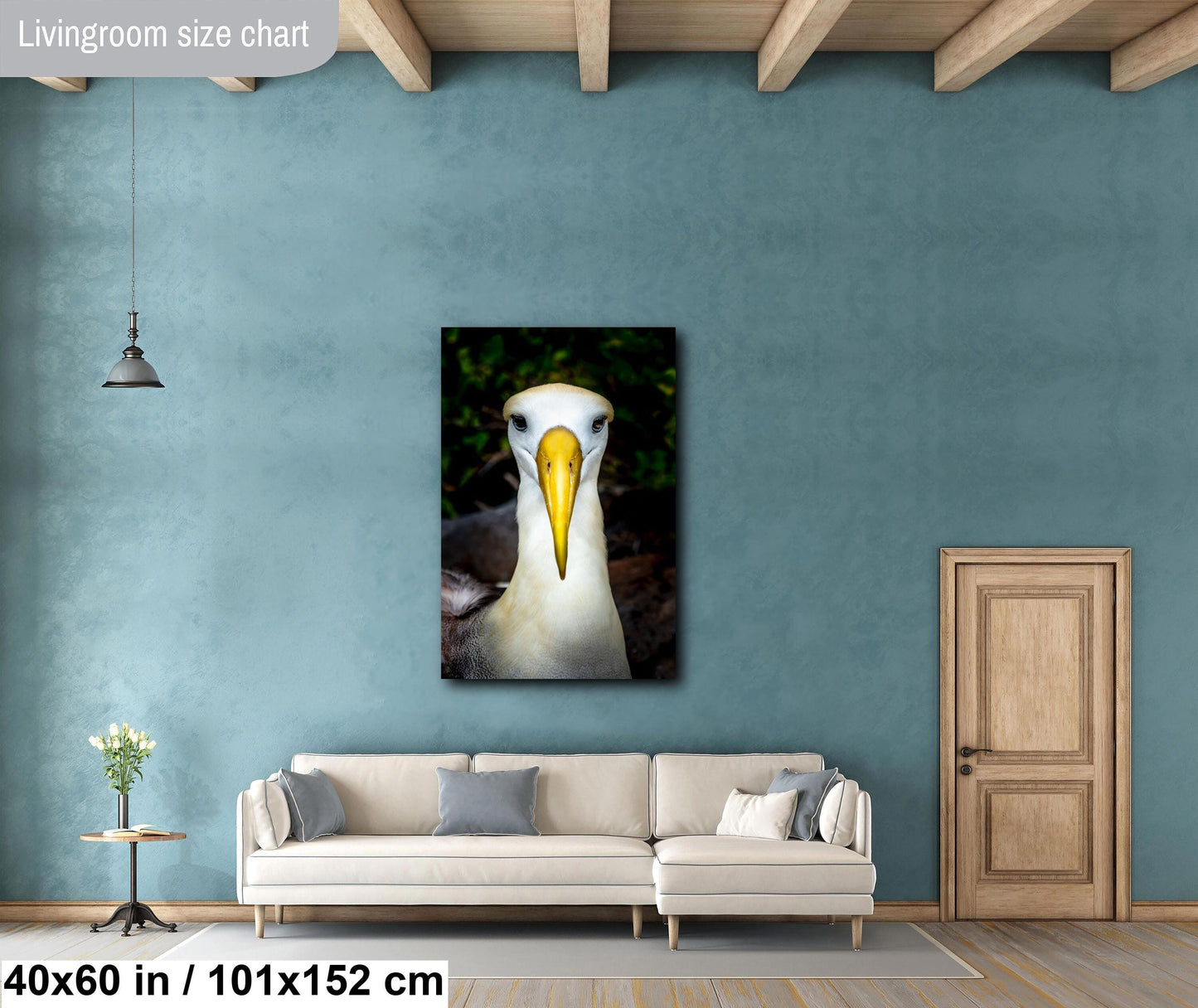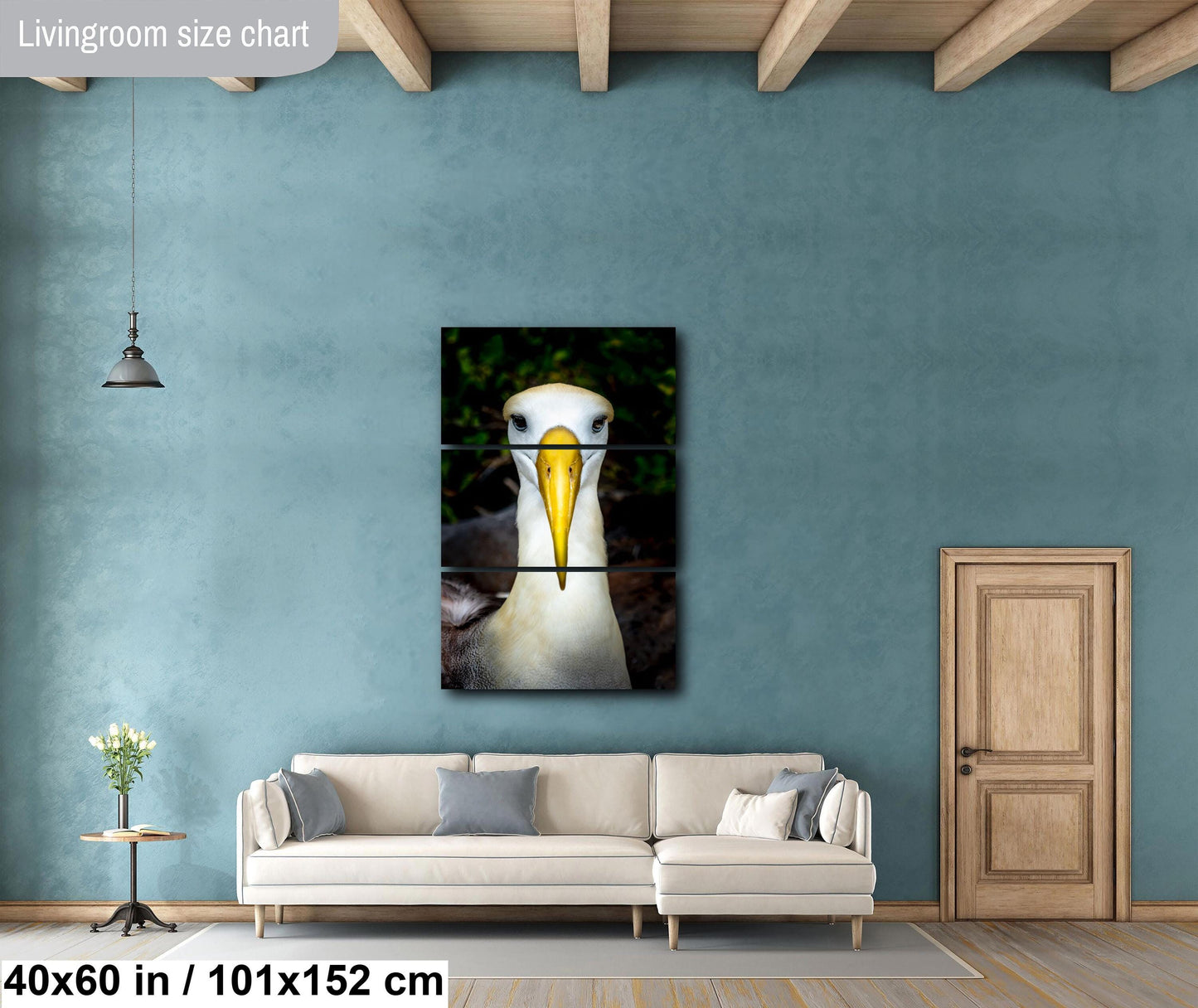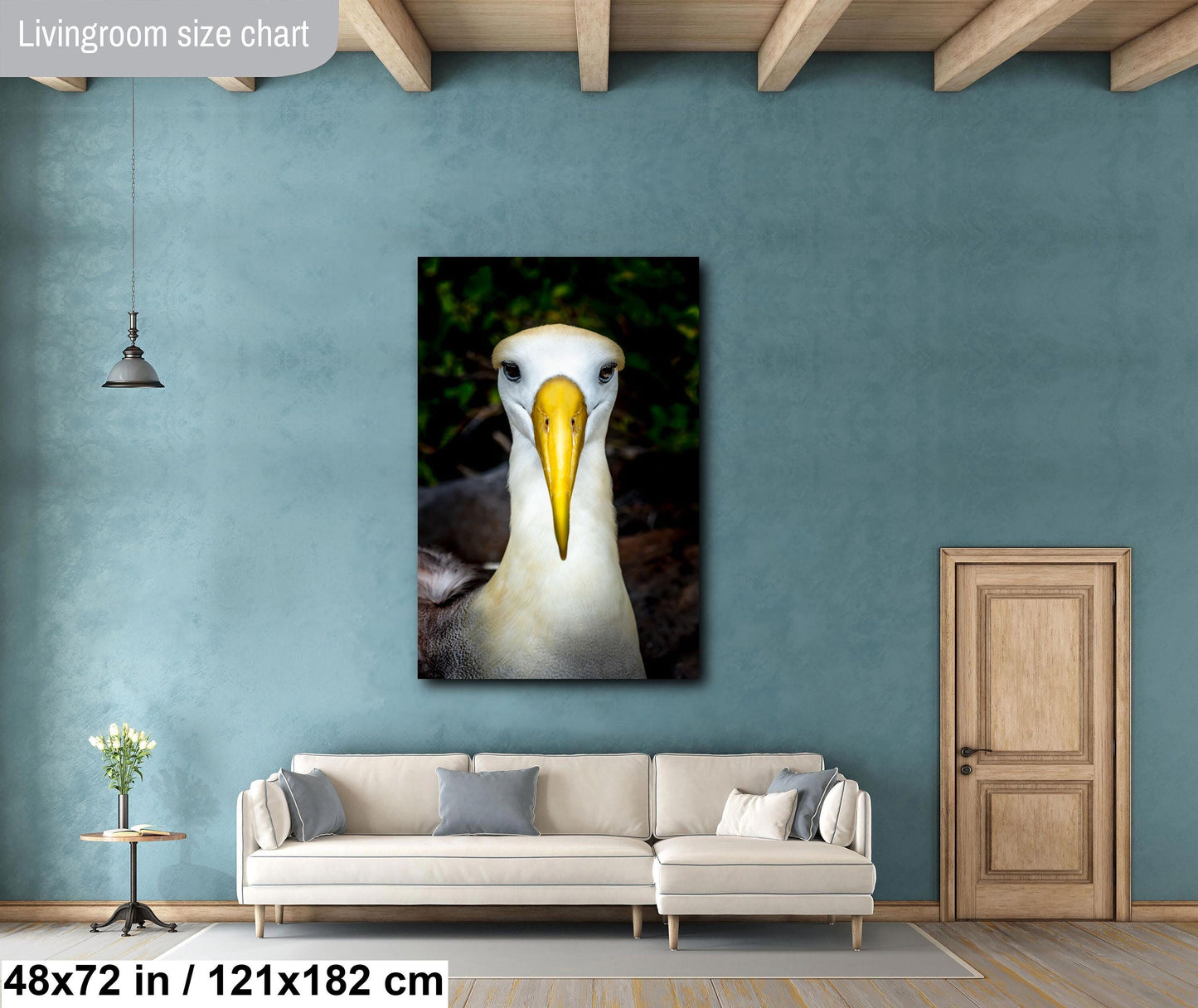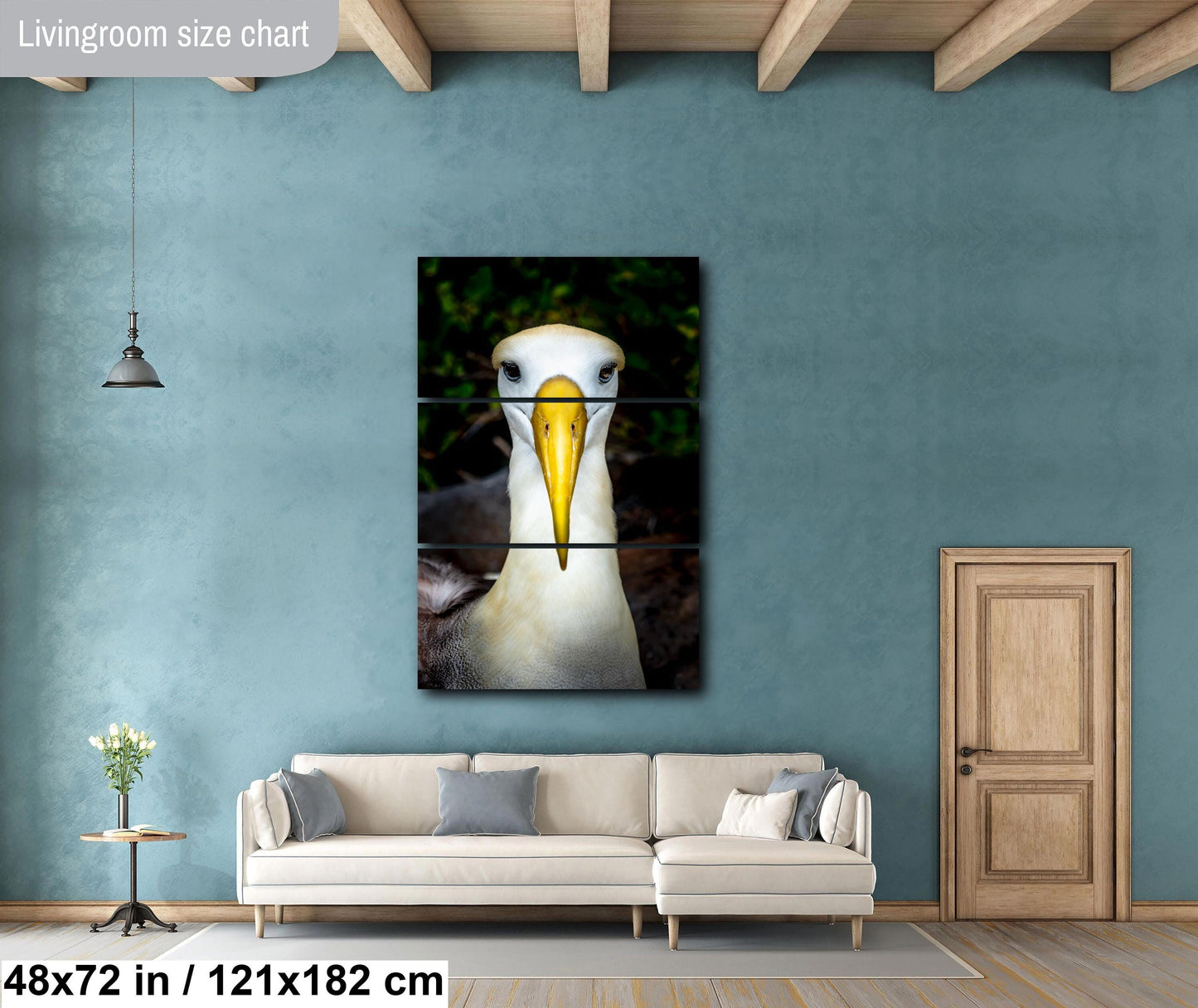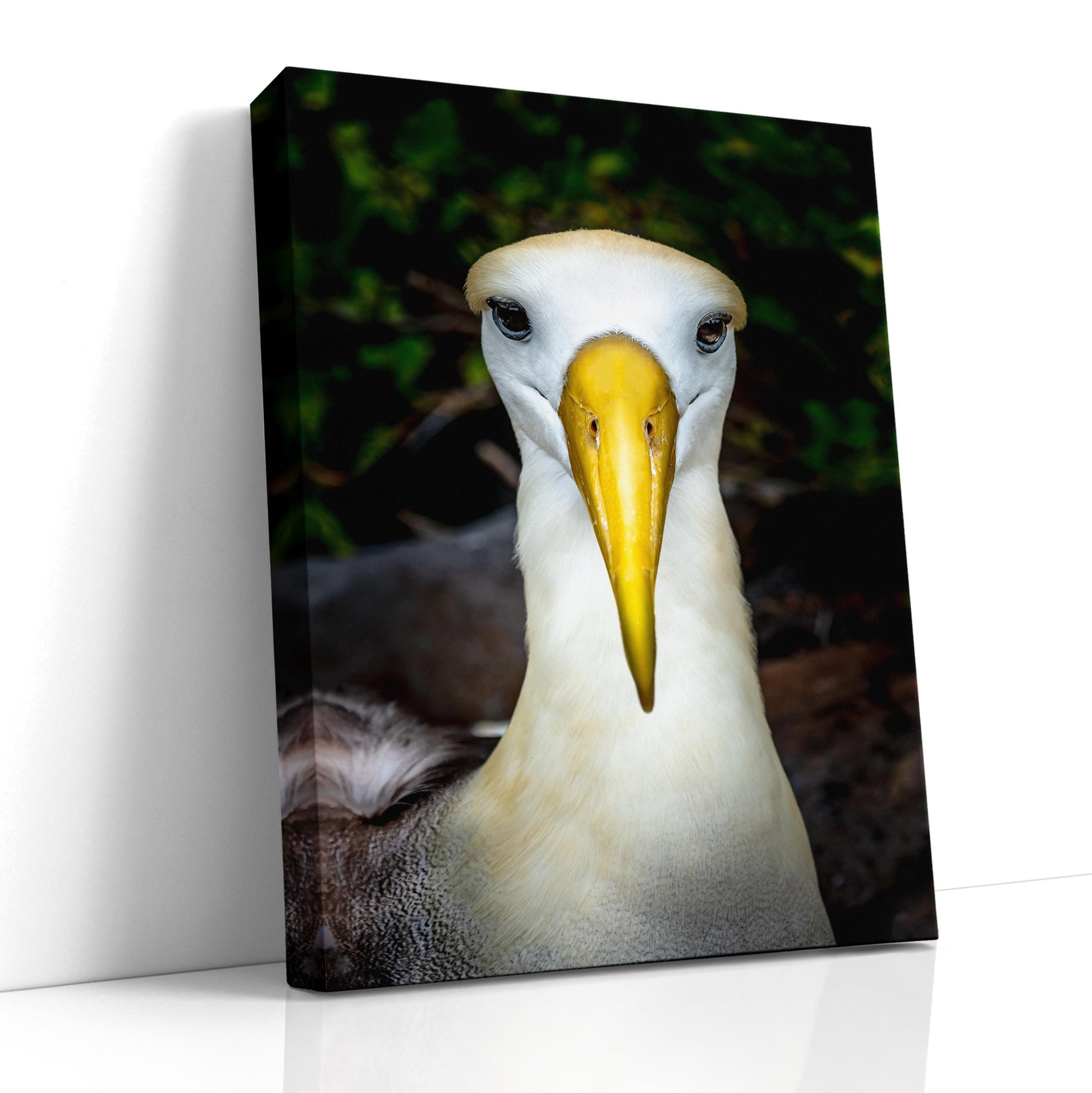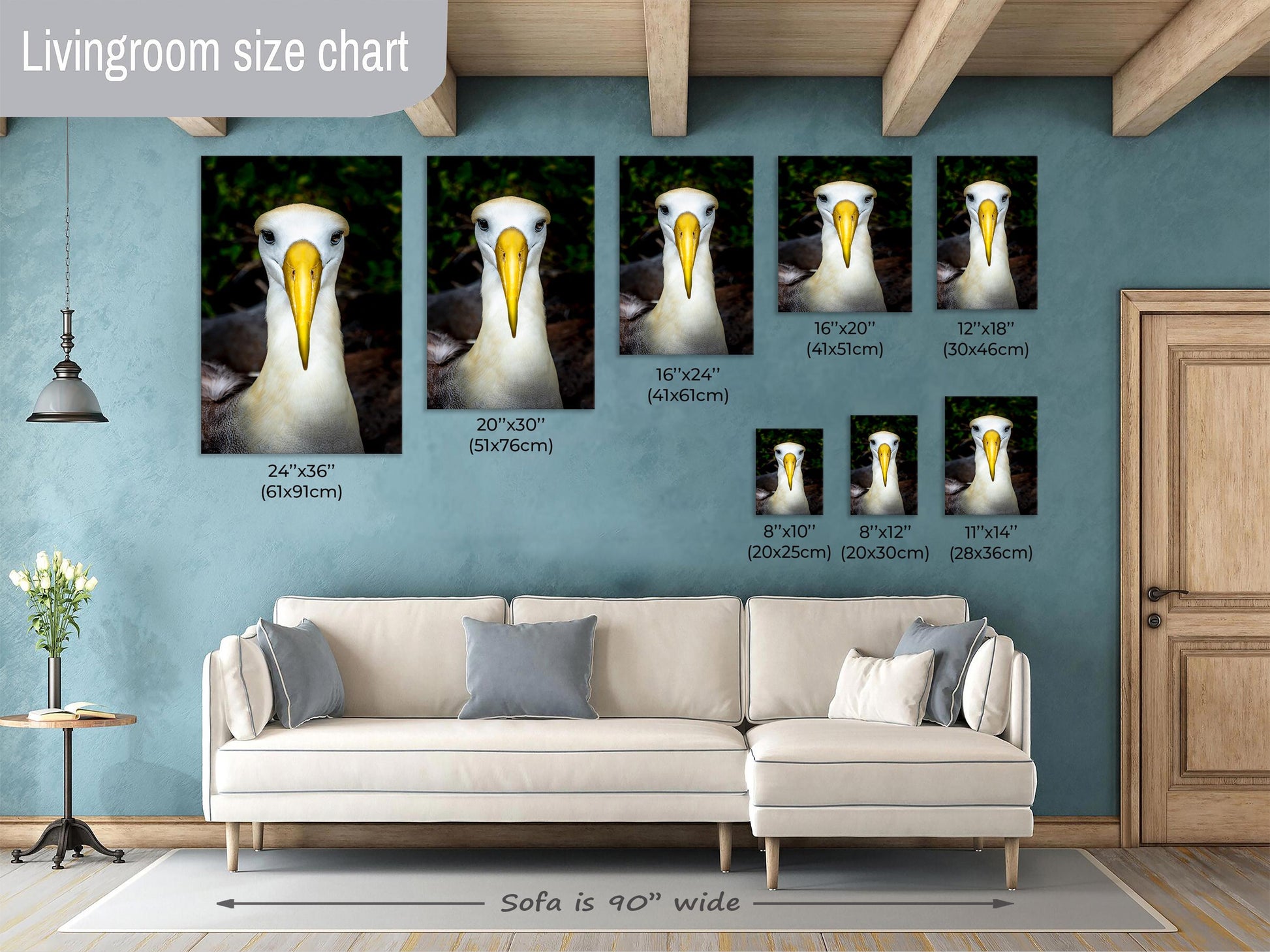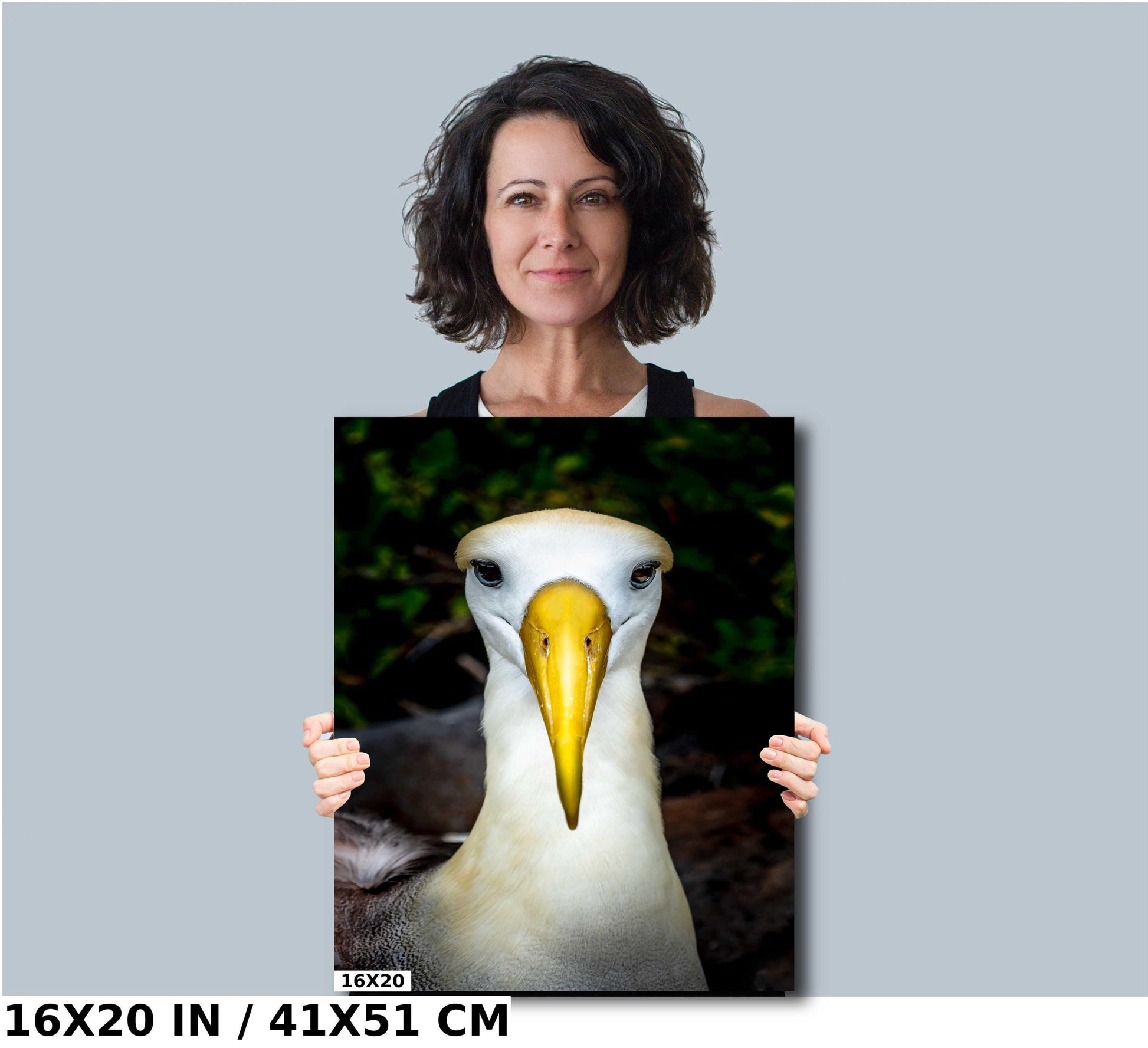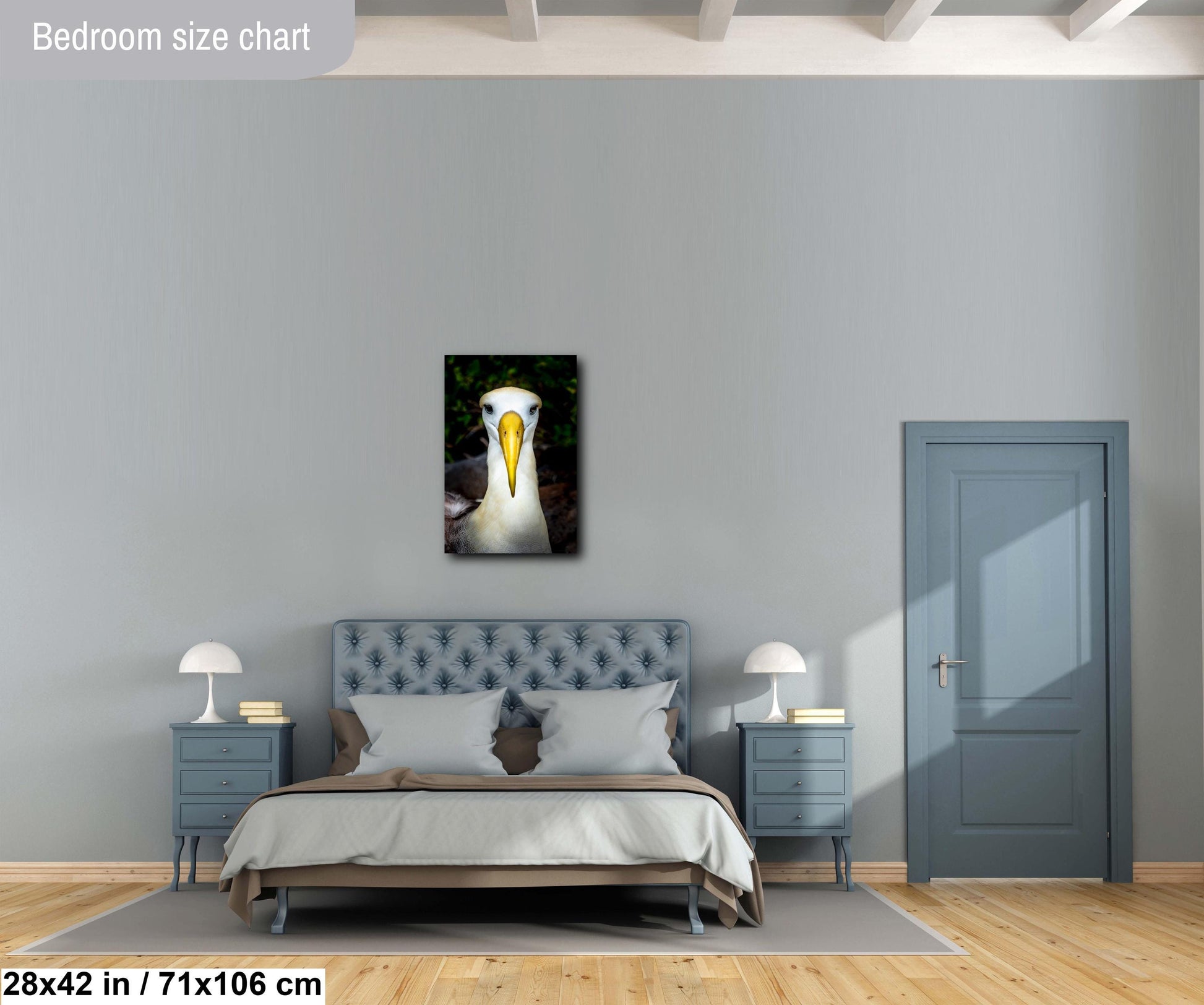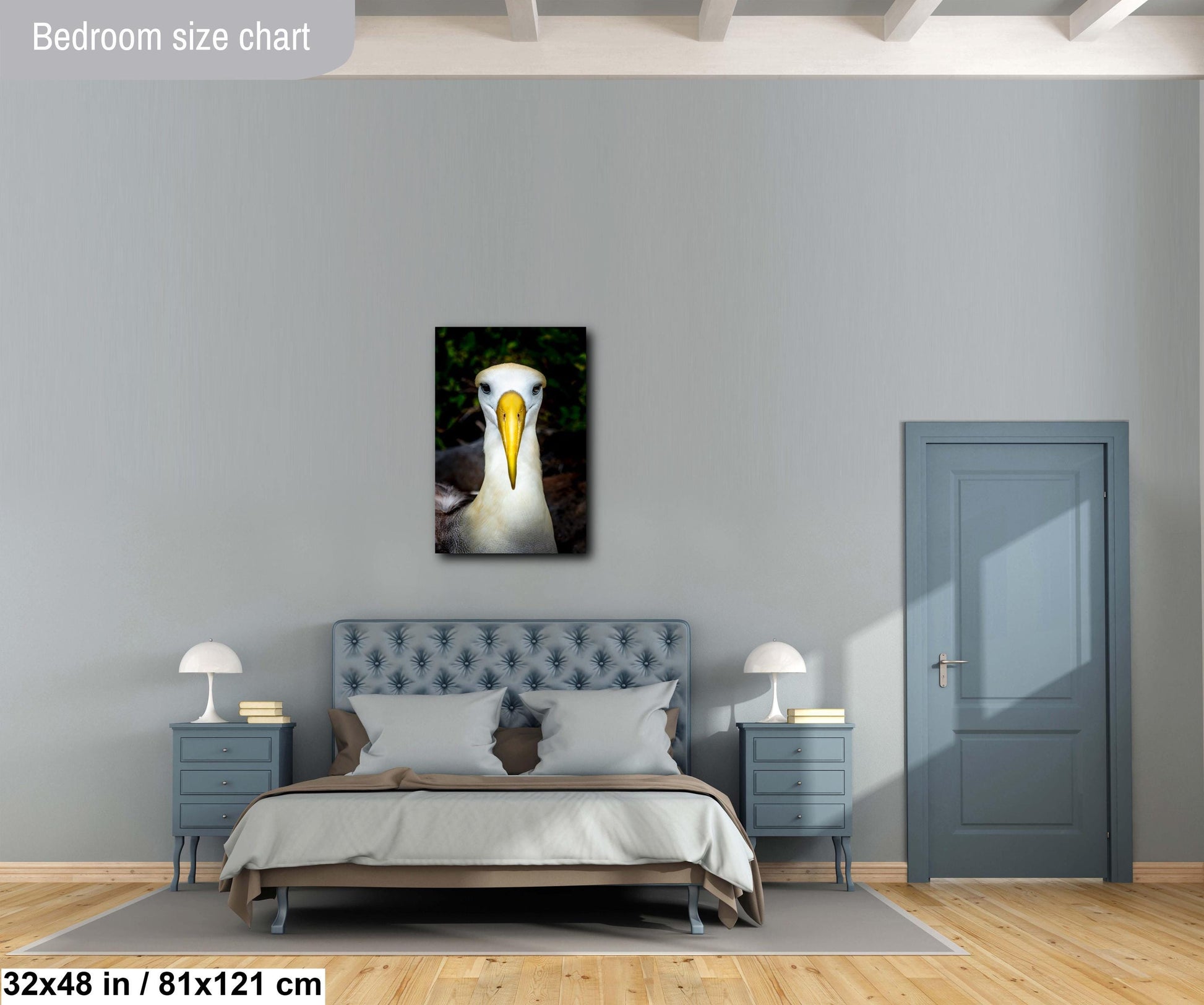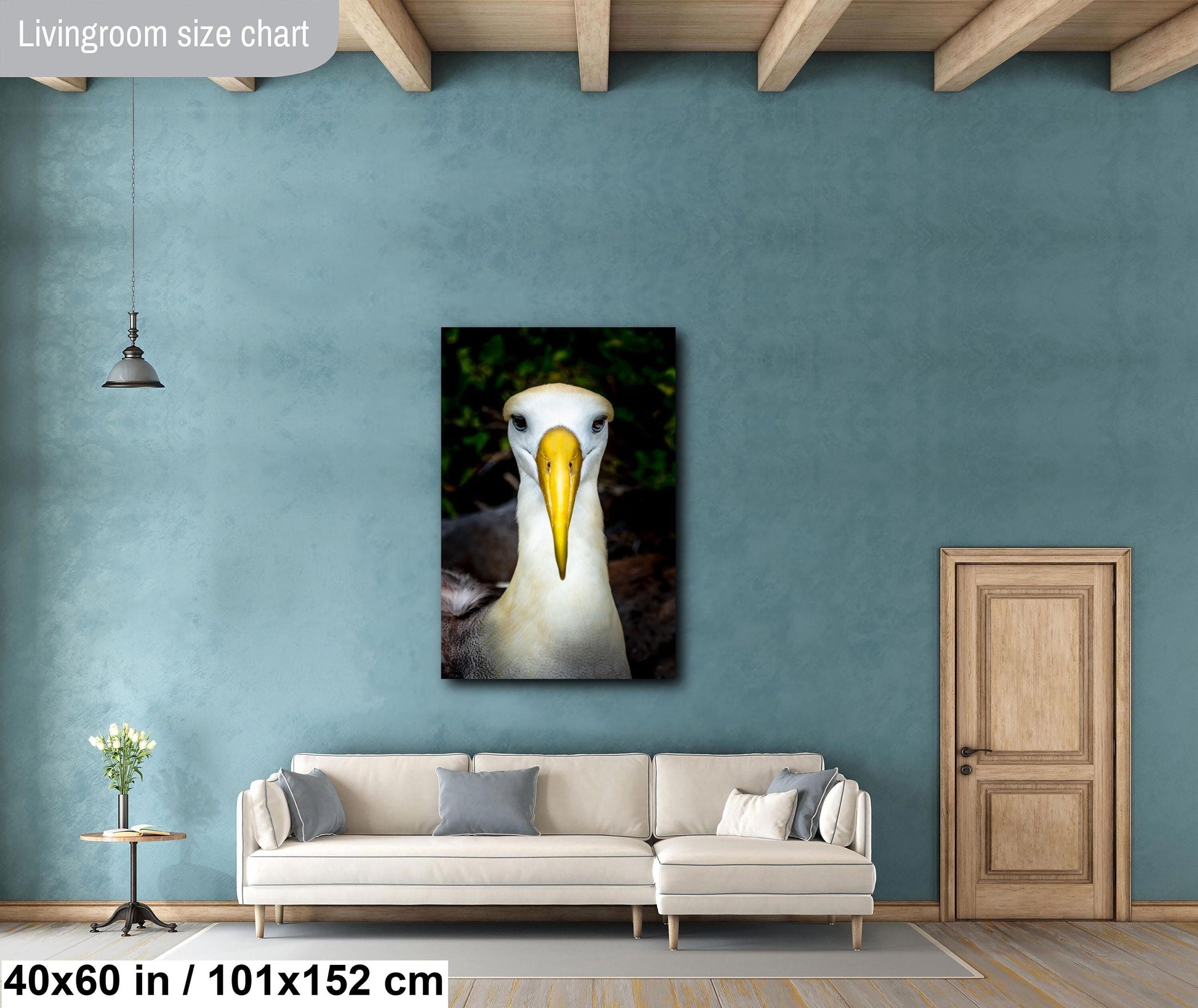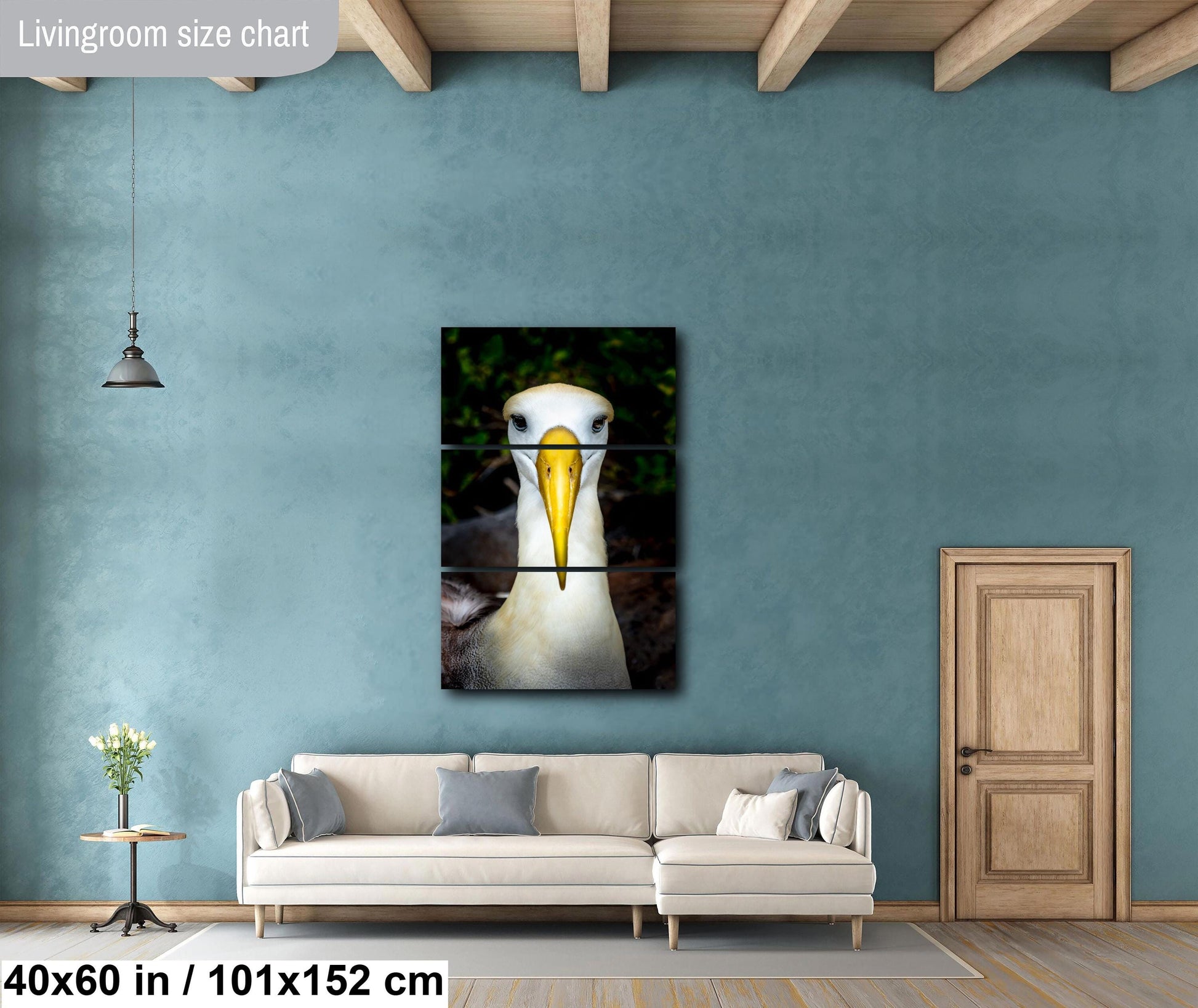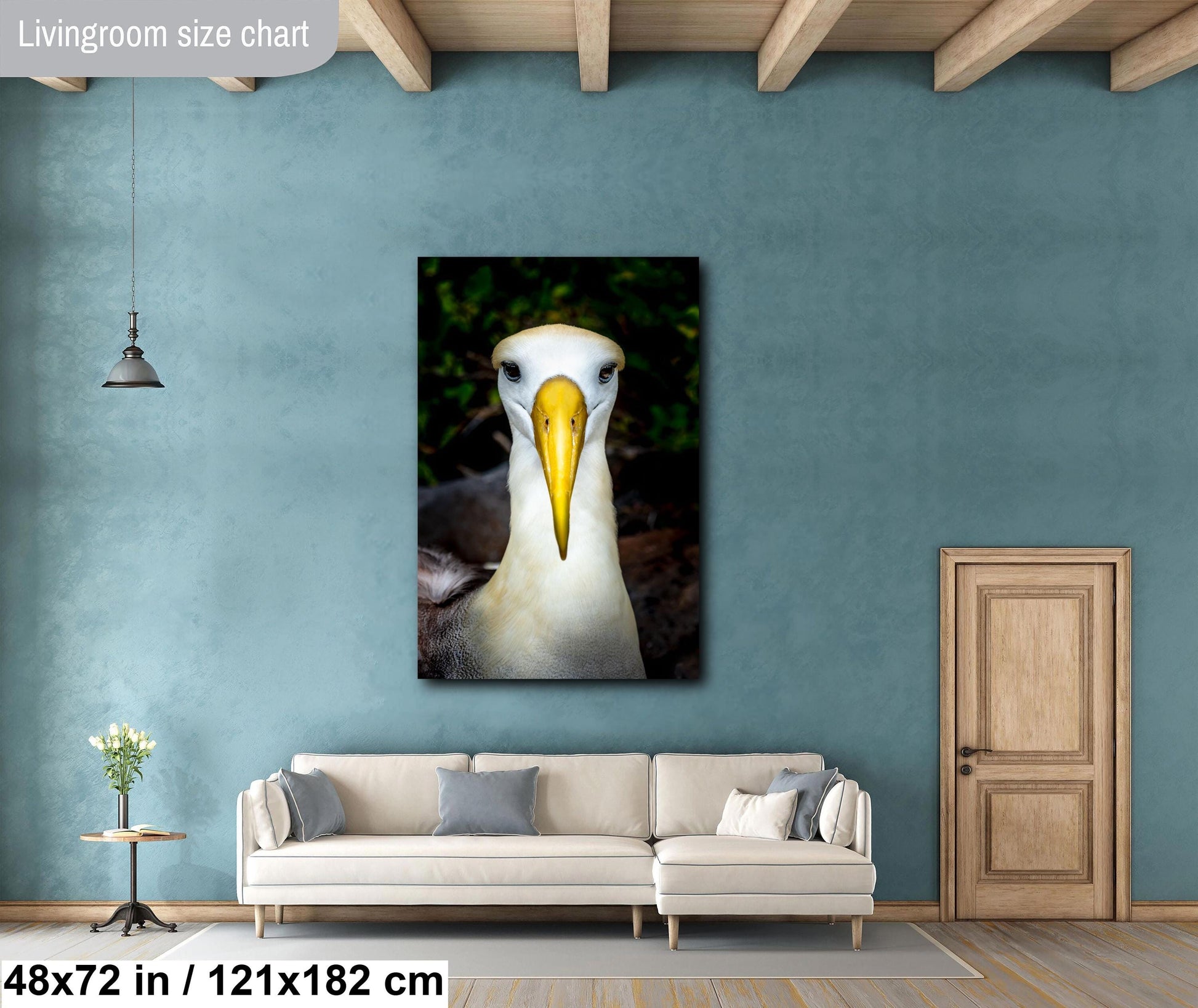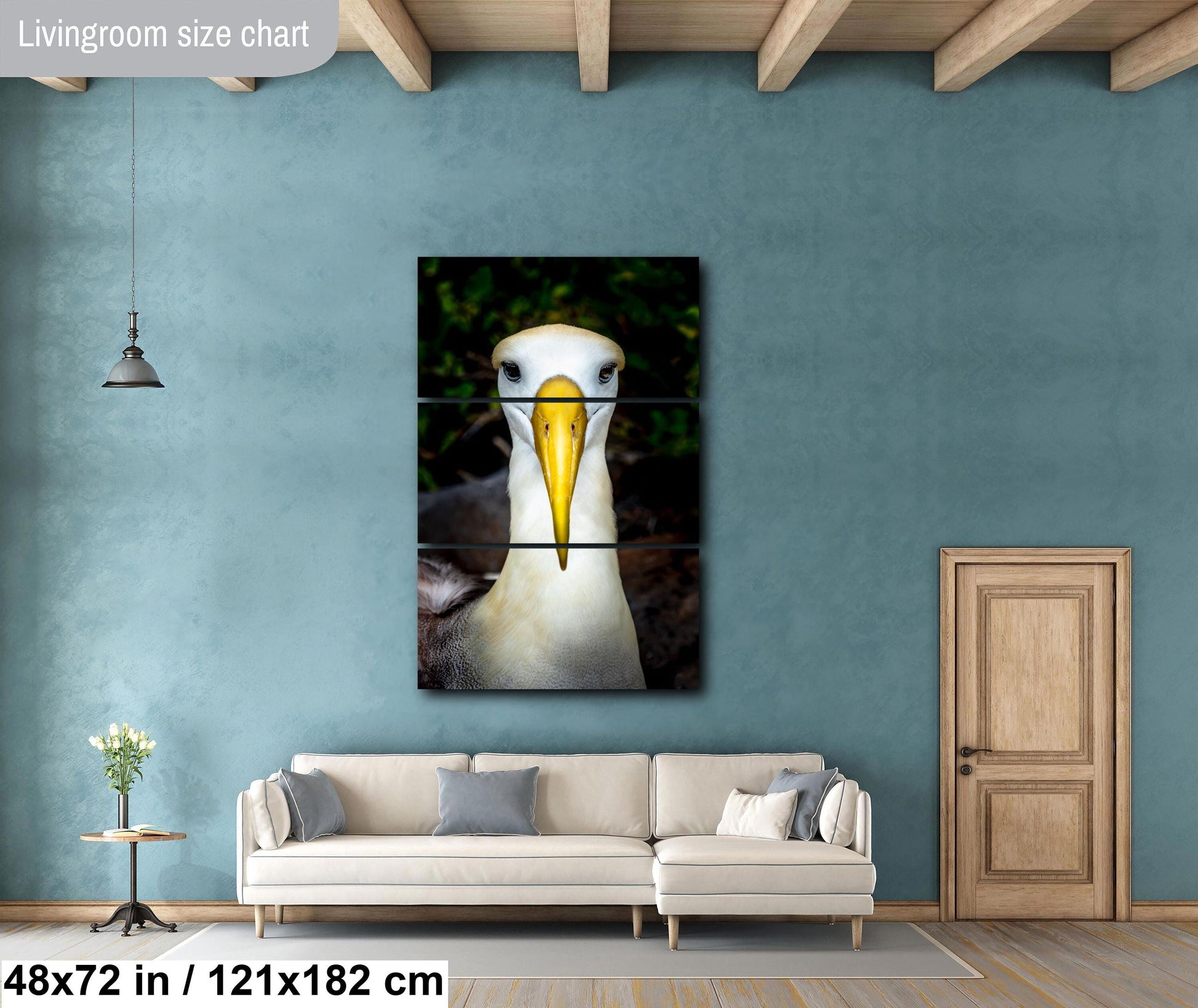Albatross Photo, Galapagos Islands, Nature Photography, Wildlife Art, Bird Photo, Rare Birds, Unique Bird Print, Fine Art, Travel Gift
Albatross Photo, Galapagos Islands, Nature Photography, Wildlife Art, Bird Photo, Rare Birds, Unique Bird Print, Fine Art, Travel Gift
Couldn't load pickup availability
This service is currently unavailable,
sorry for the inconvenience.
Pair it with a frame
Frame options are for visualization purposes only.
FRAME STYLE
MATTING SIZE
BUILDING YOUR EXPERIENCE
powered by Blankwall
Take a few steps back and let your camera see more of the scene.
powered by Blankwall
Was this experience helpful?
Exploring the Galapagos Islands had always been a dream of mine, and finally, I found myself on an 11-day journey through one of the most biodiverse places on Earth. As a photographer, the Galapagos presented an endless array of opportunities, but there was one subject that I was particularly eager to capture: the very Galapagos Albatross. This bird, known for its long wingspan, graceful flight, and fascinating courtship dance, was at the top of my list.
The Galapagos Albatross, also known as the Waved Albatross, is the only member of its species to reside in the tropics, primarily nesting on Española Island. These birds are remarkable not only for their impressive size, with wingspans reaching up to 8 feet, but also for their unique bonding rituals. The albatrosses engage in a complex and beautiful courtship dance, involving head nodding, bill clapping, and circling—movements that have inspired countless photographers and nature enthusiasts alike.
As I explored Española Island, I was on high alert, scanning the skies and the ground for a glimpse of these magnificent creatures. It wasn’t long before I spotted a pair engaged in their mesmerizing dance. I watched in awe as they performed their ritual, but I was looking for something more—a close portrait shot of a solitary albatross, one that would capture the essence of this incredible bird.
I slowly approached a lone albatross that had settled on a patch of ground, careful not to disturb it. My goal was to get close enough for a detailed shot of its expressive face and elegant feathers, but patience was essential. The bird, wary of my presence, would shift its position every time I prepared to take the shot. I waited, camera ready, for what felt like hours, hoping for the perfect moment.
Finally, the albatross seemed to settle, its keen eyes gazing out into the distance, giving me the stillness I needed. I carefully framed the shot, focusing on the subtle details—the curve of its beak, the texture of its feathers, the gentle glint in its eye. And then, with a soft click, I captured the image I had been waiting for.
The portrait was exactly what I had hoped for—an intimate glimpse into the life of one of the Galapagos’ most extraordinary inhabitants. It was a beautiful addition to the collection of bird and animal images I had taken during this unforgettable trip. Each photograph from this journey held a story, but the albatross, with its elegance and mystery, held a special place in my heart.
Share
Exploring the Galapagos Islands had always been a dream of mine, and finally, I found myself on an 11-day journey through one of the most biodiverse places on Earth. As a photographer, the Galapagos presented an endless array of opportunities, but there was one subject that I was particularly eager to capture: the very Galapagos Albatross. This bird, known for its long wingspan, graceful flight, and fascinating courtship dance, was at the top of my list.
The Galapagos Albatross, also known as the Waved Albatross, is the only member of its species to reside in the tropics, primarily nesting on Española Island. These birds are remarkable not only for their impressive size, with wingspans reaching up to 8 feet, but also for their unique bonding rituals. The albatrosses engage in a complex and beautiful courtship dance, involving head nodding, bill clapping, and circling—movements that have inspired countless photographers and nature enthusiasts alike.
As I explored Española Island, I was on high alert, scanning the skies and the ground for a glimpse of these magnificent creatures. It wasn’t long before I spotted a pair engaged in their mesmerizing dance. I watched in awe as they performed their ritual, but I was looking for something more—a close portrait shot of a solitary albatross, one that would capture the essence of this incredible bird.
I slowly approached a lone albatross that had settled on a patch of ground, careful not to disturb it. My goal was to get close enough for a detailed shot of its expressive face and elegant feathers, but patience was essential. The bird, wary of my presence, would shift its position every time I prepared to take the shot. I waited, camera ready, for what felt like hours, hoping for the perfect moment.
Finally, the albatross seemed to settle, its keen eyes gazing out into the distance, giving me the stillness I needed. I carefully framed the shot, focusing on the subtle details—the curve of its beak, the texture of its feathers, the gentle glint in its eye. And then, with a soft click, I captured the image I had been waiting for.
The portrait was exactly what I had hoped for—an intimate glimpse into the life of one of the Galapagos’ most extraordinary inhabitants. It was a beautiful addition to the collection of bird and animal images I had taken during this unforgettable trip. Each photograph from this journey held a story, but the albatross, with its elegance and mystery, held a special place in my heart.
